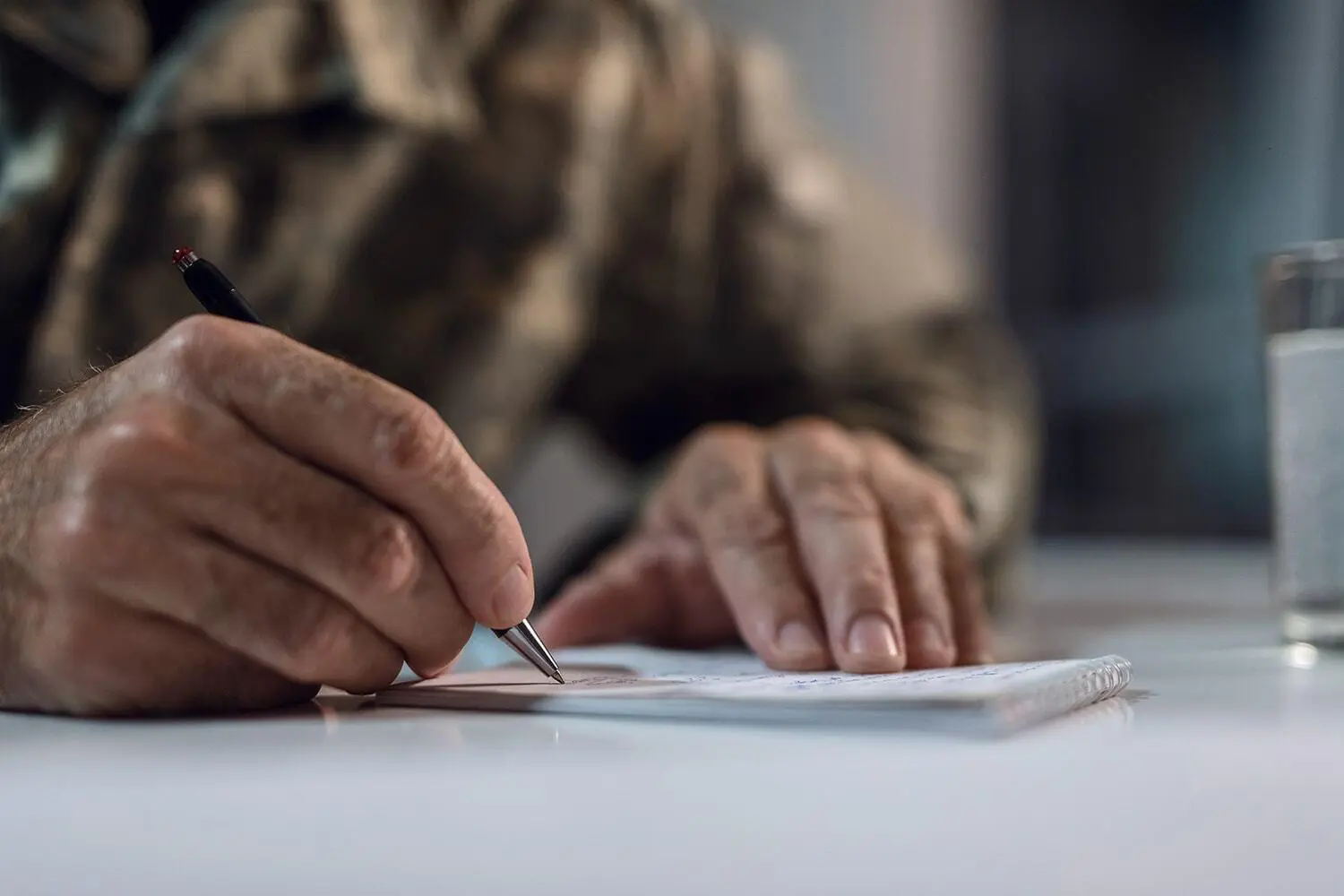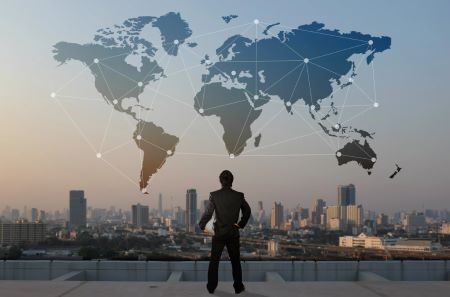In recent years, Korea has emerged as a dynamic hub for Unmanned Aerial Vehicles (UAVs) and drones, showcasing significant advancements and applications across various sectors. This document provides an overview of Korea’s UAV and drone industry, highlighting its growth, applications, regulatory framework, and future prospects.
Growth of the Industry
Korea’s UAV and drone industry has experienced rapid growth driven by technological innovation and increasing demand for unmanned systems. The sector encompasses a wide range of applications including but not limited to agriculture, surveillance, logistics, entertainment, and public safety. Companies in Korea have been at the forefront of developing cutting-edge drone technologies, contributing to the industry’s expansion both domestically and internationally.
Applications
1. Agriculture: Drones are used for precision agriculture, including crop monitoring, pest control, and soil analysis. This technology helps farmers optimize their operations and increase crop yields.
2. Surveillance and Security: UAVs play a crucial role in surveillance for border control, disaster response, and law enforcement. Their ability to gather real-time data from inaccessible or hazardous areas enhances situational awareness and response capabilities.

3. Logistics and Delivery: Korean companies are exploring drone delivery services for goods and medical supplies, leveraging drones’ agility and speed to overcome traditional logistical challenges.
4. Entertainment: Drones are also employed in the entertainment industry for aerial shows and cinematography, creating stunning visual displays and capturing unique perspectives.
5. Research and Development: Korea’s universities and research institutions are actively involved in UAV research, driving innovation in drone technology and applications.
Regulatory Framework
The Korean government has established a comprehensive regulatory framework to govern UAV operations, ensuring safety, privacy protection, and operational standards. The Ministry of Land, Infrastructure and Transport (MOLIT) oversees drone regulations, which include registration requirements, flight restrictions, and licensing for commercial operations. These regulations aim to promote responsible drone use while fostering innovation and growth in the industry.
Challenges and Future Prospects
Despite its rapid growth, Korea’s UAV and drone industry faces challenges such as airspace integration, public acceptance, and technological barriers. Addressing these challenges requires collaboration between government, industry stakeholders, and academia to develop solutions that balance innovation with safety and regulatory compliance.
Looking ahead, Korea’s UAV and drone industry holds promising prospects. Continued advancements in artificial intelligence, sensor technology, and autonomous capabilities are expected to further expand the applications and efficiency of drones across various sectors. Moreover, international collaboration and partnerships will play a crucial role in driving global standards and market opportunities for Korean drone companies.
Conclusion
In conclusion, Korea’s UAV and drone industry is a vibrant ecosystem characterized by innovation, diverse applications, and strong regulatory oversight. As technology continues to evolve and societal acceptance grows, the industry is poised for sustained growth, contributing to economic development and technological leadership on a global scale.
Defense Industry., Ltd can help Clients touch and have products that is the highest quality and technical in the UAV and Drone Industry.





